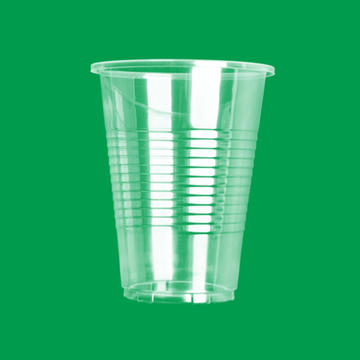Disposable wooden cutlery has gained popularity due to its environmentally friendly, biodegradable, and natural characteristics. Consumers are increasingly concerned about the safety and health implications of wooden cutlery, making the use of adhesives and coatings a key focus in production. Analyzing the manufacturing process provides insight into product safety standards and technical features.
Selection of Raw Materials
The primary raw materials for wooden cutlery include birch, poplar, bamboo, and beech, among other hardwoods and softwoods. These woods naturally provide good mechanical strength and some degree of resistance to decay. Before production, wood is typically dried to reduce moisture content, preventing cracking or warping during use. High-quality raw wood generally does not require adhesives to maintain structural integrity.
Use of Adhesives
Adhesives are not commonly used in the production of disposable wooden cutlery. Single-piece items such as spoons, forks, and knives are usually produced through molding, pressing, or stamping processes, which inherently provide structural stability without the need for glue.
Adhesives may be applied in certain special cases:
-
Laminated Wood Products: Some cutlery uses layered wood sheets bonded with food-grade adhesives to enhance strength or water resistance.
-
Complex Designs: Cutlery with intricate shapes may require adhesives to assemble multiple components.
-
Edge Reinforcement: Certain products use a small amount of adhesive on edges to prevent delamination or splitting.
Adhesives used in wooden cutlery strictly comply with international and regional food safety regulations, such as the European Union’s Food Contact Materials Regulation (EC 1935/2004) and the U.S. FDA 21 CFR 175.105. These adhesives, once cured, do not migrate into food, ensuring consumer safety.
Use of Coatings
The use of coatings depends on the product’s intended application. Coatings can provide water and oil resistance and improve surface smoothness, but only food-safe coatings are acceptable.
Common types of coatings include:
-
Natural Plant Oil Coatings: Oils like coconut oil or linseed oil enhance water resistance while preserving the natural wood grain. These are considered edible coatings.
-
Food-Grade Wax Coatings: Beeswax or plant wax can form a protective layer, improving durability and hand feel.
-
Water-Based Food Coatings: Water-based resins or biodegradable coatings prevent oil absorption, commonly used for takeaway or fast-food cutlery.
Standard disposable wooden cutlery generally avoids chemical coatings to maintain biodegradability. Coated products usually display food-grade certification on packaging to reassure consumers.
Safety and Quality Control
Manufacturers pay high attention to food safety when selecting adhesives and coatings. Domestic and international standards specify requirements for wooden cutlery, including non-toxic chemical migration, heat resistance, and absence of heavy metals. Strict quality control in production—such as raw material inspection, finished product testing, and certification checks—ensures each item meets safety standards.
Food-grade adhesives and coatings enhance performance without compromising environmental friendliness. For consumers, choosing certified wooden cutlery guarantees both safety and natural biodegradability.

 English
English 中文简体
中文简体



















